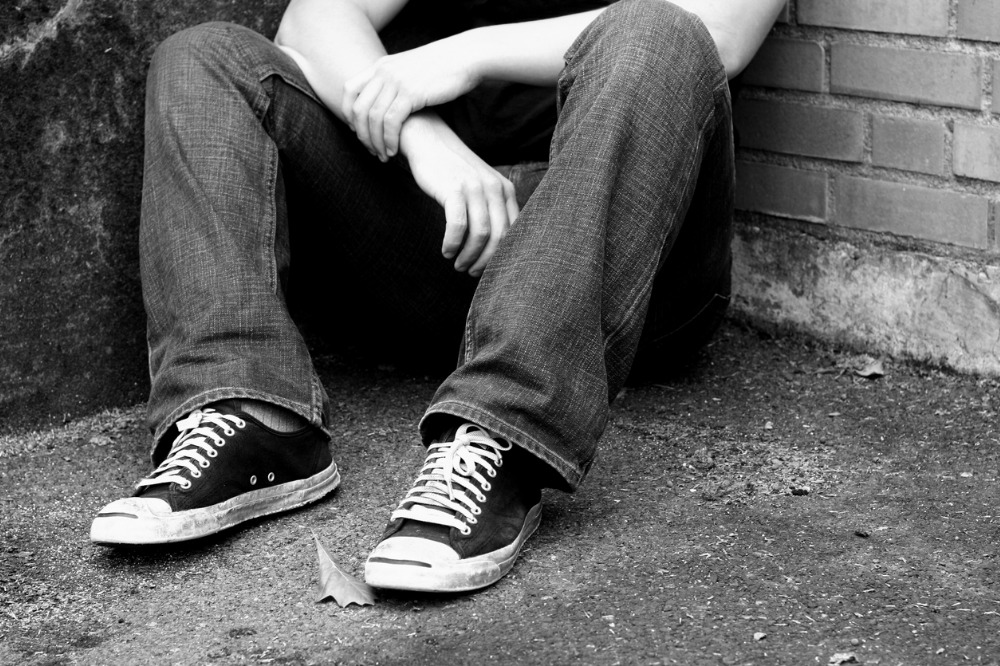
A new report by Mission Australia has highlighted a troubling trend in youth homelessness, revealing that nearly 10% of young Australians aged 15 to 19 had faced homelessness within the past year. The findings come from Mission Australia’s Youth Survey 2023, which underscored the impact of homelessness on young people’s lives.
The report detailed that these young individuals had experienced homelessness in various forms, including living in refuges, transitional accommodation, or being away from home due to safety concerns. The survey findings indicated that young people who had recently been homeless faced significant challenges compared to their peers with stable housing.
Key findings of the report include:
- Mental health: 41% of young people who had experienced homelessness reported having a mental health condition, compared to 13% of those with stable housing.
- Loneliness: Nearly half (47%) of those who had been homeless felt lonely all or most of the time, compared to 18% of those with stable homes.
- Social integration: 46% of young people who had been homeless struggled to fit in socially, versus 26% of their stably housed counterparts.
- Family relationships: Those who had been homeless were seven times more likely to experience strained or poor family relationships (34% vs. 5%).
Ensuring a safe shelter for young people
Sharon Callister, CEO of Mission Australia, emphasised the impact of homelessness on young people’s overall well-being as well as their future prospects. “This report demonstrates the harrowing impact of homelessness on young lives,” Callister said. “Our Youth Survey confirms the experience of homelessness for young people can be distressing and scarring.”
In response to these findings, Mission Australia called for a more comprehensive approach to tackle youth homelessness. Callister stressed the need for systemic changes to improve the conditions of young people who had faced homelessness and to prevent future occurrences. “It should be unacceptable for any young person on the cusp of adulthood to be forced to experience homelessness in Australia,” she said. “Every young person deserves a safe, secure home as a launchpad into adulthood.”
The report suggested several measures to address the crisis, including investing in housing supply, expanding rental subsidies, and increasing youth housing options, such as Youth Foyers. Callister also highlighted the importance of supporting schools and community services to ensure the safety and well-being of young people at risk of or currently experiencing homelessness.
Recent investments from federal and state governments were acknowledged as positive steps, yet Callister emphasised the need for ongoing and comprehensive efforts. “With youth homelessness remaining persistently high, we must keep working together to invest in effective solutions,” she said. “We want to see an Australia where homelessness is rare, brief and non-recurring.”
Callister highlighted Mission Australia’s commitment to collaborating with partners to tackle this issue. “Together, we must create a future where every young person has a safe, secure place to call home and the support and care they need to thrive,” Callister said.


